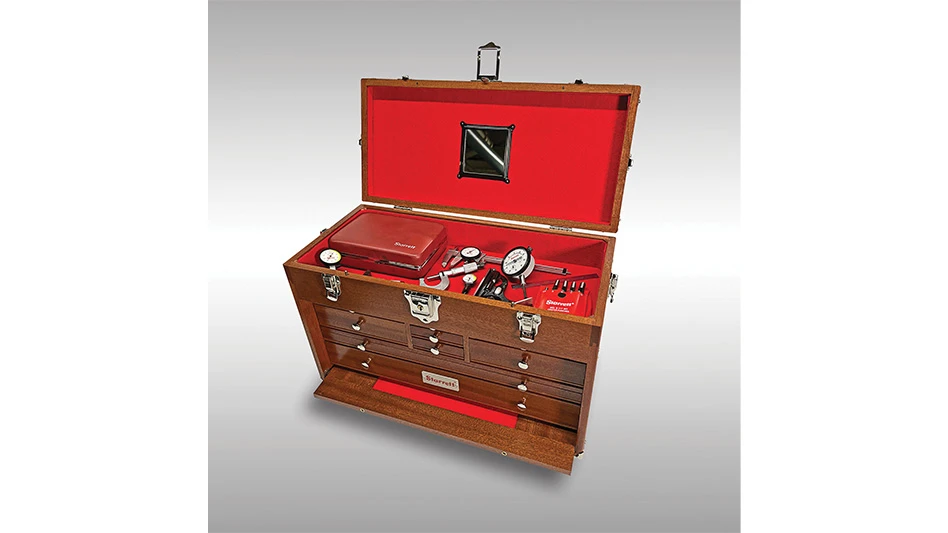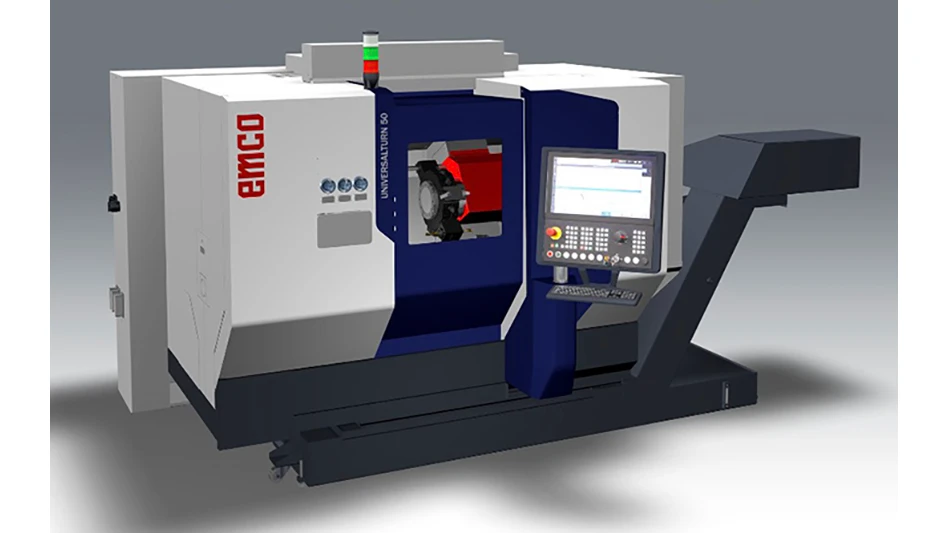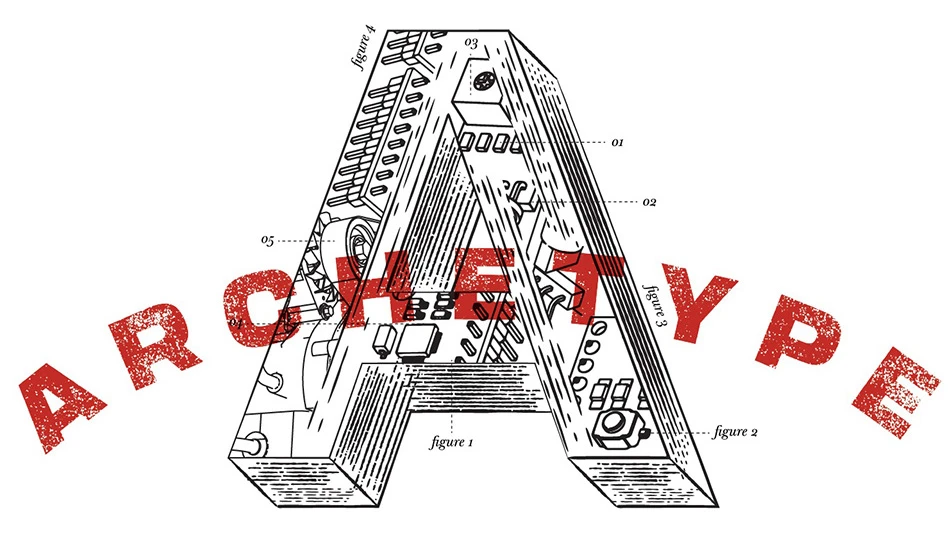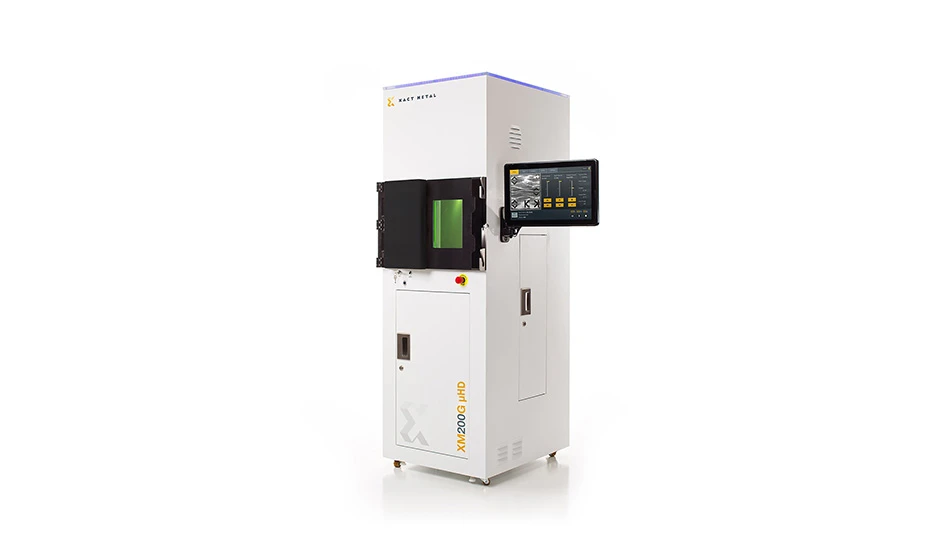
EOS
For more than a decade, the medical field has leveraged additive manufacturing (AM) technology to push the boundaries of patient treatment. From 3D tracheal splints that treat tracheobronchomalacia (TBM) – threatening the breathing of 1 in every 2,000 children worldwide – to 3D printing tissues to test pharmaceuticals, there’s no denying the capabilities and potential of AM.
According IDTechEx, the market for 3D-printed medical devices will be worth $6.1 billion by 2029. Some segments will grow at a compound annual growth rate (CAGR) of 18%. Medical equipment manufacturers who aren’t using 3D printing in some capacity are behind the competition.
Latest from Today's Medical Developments
- Therapeutic brain implants could defy the need for surgery
- Wrap up a year of manufacturing education with 2025’s final Lunch + Learn
- Brazilian President Lula da Silva to open HANNOVER MESSE 2026
- How national strategy can drive local opportunities
- GrindingHub Americas launches in 2027 in Cincinnati, Ohio
- Methods Machine Tools now offers the Nakamura-Tome NT-Flex
- Battelle awards $900,000 in STEM education grants to Ohio schools
- #55 Lunch + Learn Podcast with KINEXON





